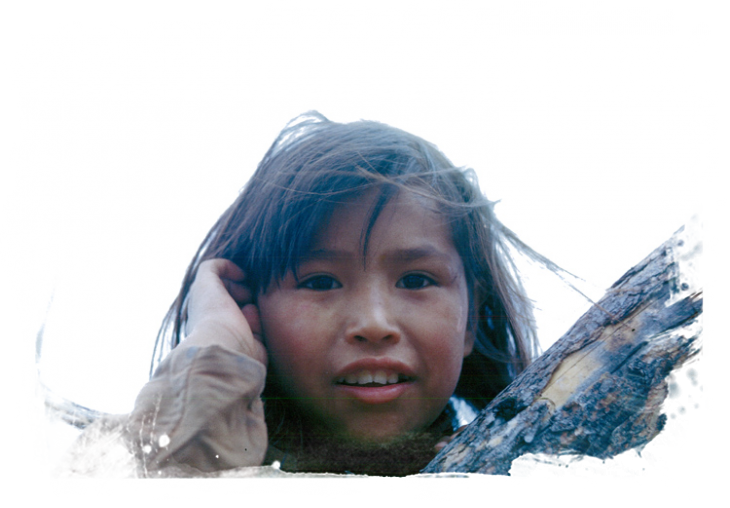Dedats’eetsaa, the Tłı̨chǫ Research and Training Institute was established by the Tłı̨chǫ Government in 2013. Its mandate is to advance the study of Tłı̨chǫ lands, language, culture and way of life through research, training, education and monitoring.
All research and activities supported by Dedats’eetsaa are done within a Tłı̨chǫ cultural framework. The Tłı̨chǫ Government’s lands activities and cultural programming are also included under the Institute. These activities are integral to both producing and using research knowledge as it is created both through on-the-land activities and monitoring as well as local cultural initiatives and activities.
What we do:
- Coordinate ongoing research in social, health and wellness, cultural and environmental concerns in the Tłı̨chǫ region
- Support and partner with research partners to conduct independent research on areas of interest to the Tłıc̨hǫ
- Host the Tłı̨chǫ Digital Archives, a collection of digital, audio, video and document files on Tłı̨chǫ lands, culture and history
- Coordinate cultural programming and activities
- Oversee Tłı̨chǫ land use, monitoring and preservation activities
Dedats’eetsaa (pronounced Day-Daw-Tseh-Tsah) is a sacred site on the trail to Mesa Lake between Tikwooti (Brown Water Lake) and Tsı̨k’eèmìtì (Emile River). A giant rock promontory with an open crevasse at the top rises from the river and dominates the surrounding landscape. Dedats’eetsaa has long been used as a cache to keep valuable items safely out of reach of animals. People would place things here for safe-keeping as they traveled along the traditional trail.
Dedats’eetsaa speaks to the importance for our people to travel along a traditional path and retrieve the knowledge of our elders to use in the modern world. Like Dedats’eetsaa, the research and training institute is intended to be a repository for all things related to our language, culture and way of life. This knowledge will be useful for new generations as they return along this traditional trail.
“In the days of our Parents, Elders and our Ancestors, they lived according to the traditional laws of sharing what they had among themselves and others. No person was an island, we operated as a collective. We used the land respectively to ensure that there would always be animals on the land and the fish in the waters to sustain us, by making offerings to the land and water in our travels. We depended on the Caribou, so much so that it has defined our language, culture and way of life for all time.
All our major ancestral trails from our summer fisheries take us to the Barren Land in the Fall to meet the caribou returning from the calving grounds. On one of the major trails called the Hozi Deh K’e, on the outflow of Tsiik’e mitii, there is a monumental island called Dedat’seetsaa where we put some things we may need for retrieval on the way back, hence Asii dedats’eetsaa. From there all things needed only for the Barren Land are taken.
Today as we struggle to identify our inherited strengths, we look towards our stories and to the land that hold these testimonials for guidance. When our ancestors traveled the land, they left many things behind to retrieve on the way back for continued use. Our Elders who were raised and lived on the Land are no longer with us, but they have left many stories for us. We need to retrieve from Dedats’eetsaa, what our ancestors have left behind for our continual use by the exercise of our cultural practices. The logo of Dedats’eetsaa is the island where our people stored something for the way back for retrieval for continued use.”
From Dr. John B. Zoe, Chairperson of Dedats’eetsaa: the Tłı̨chǫ Research & Training Institute (2013)



